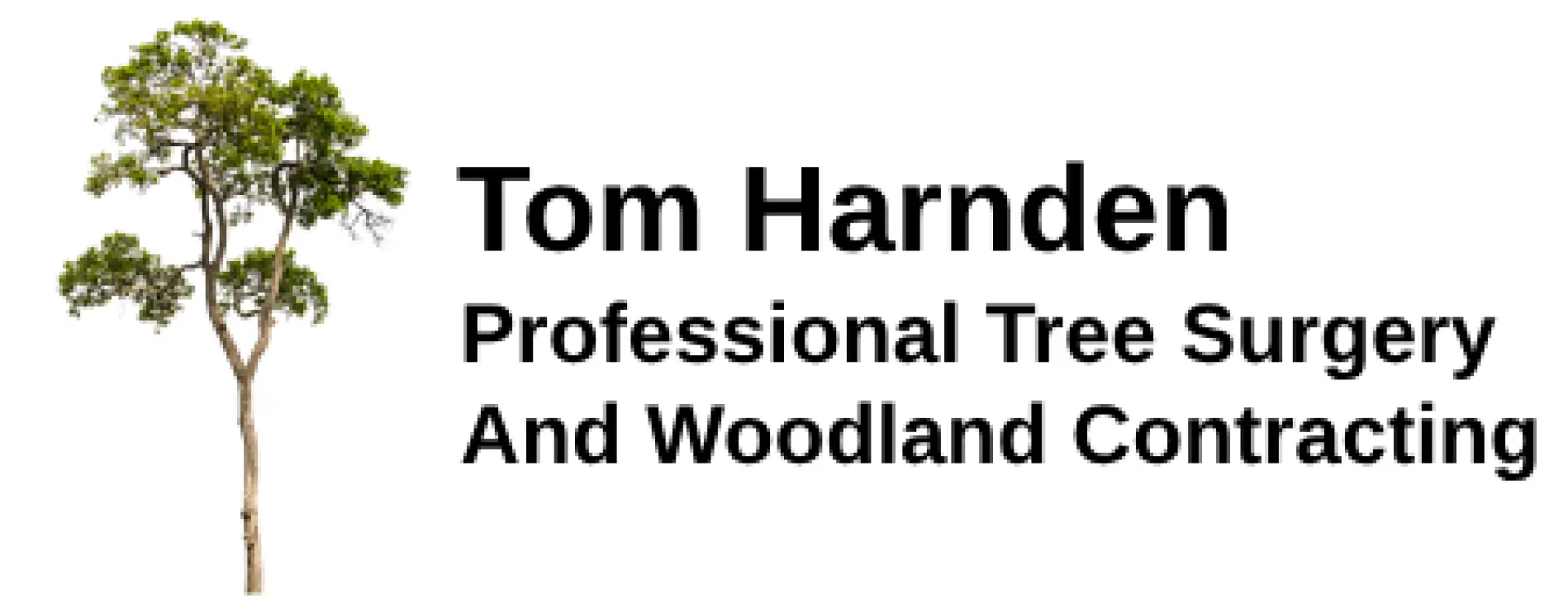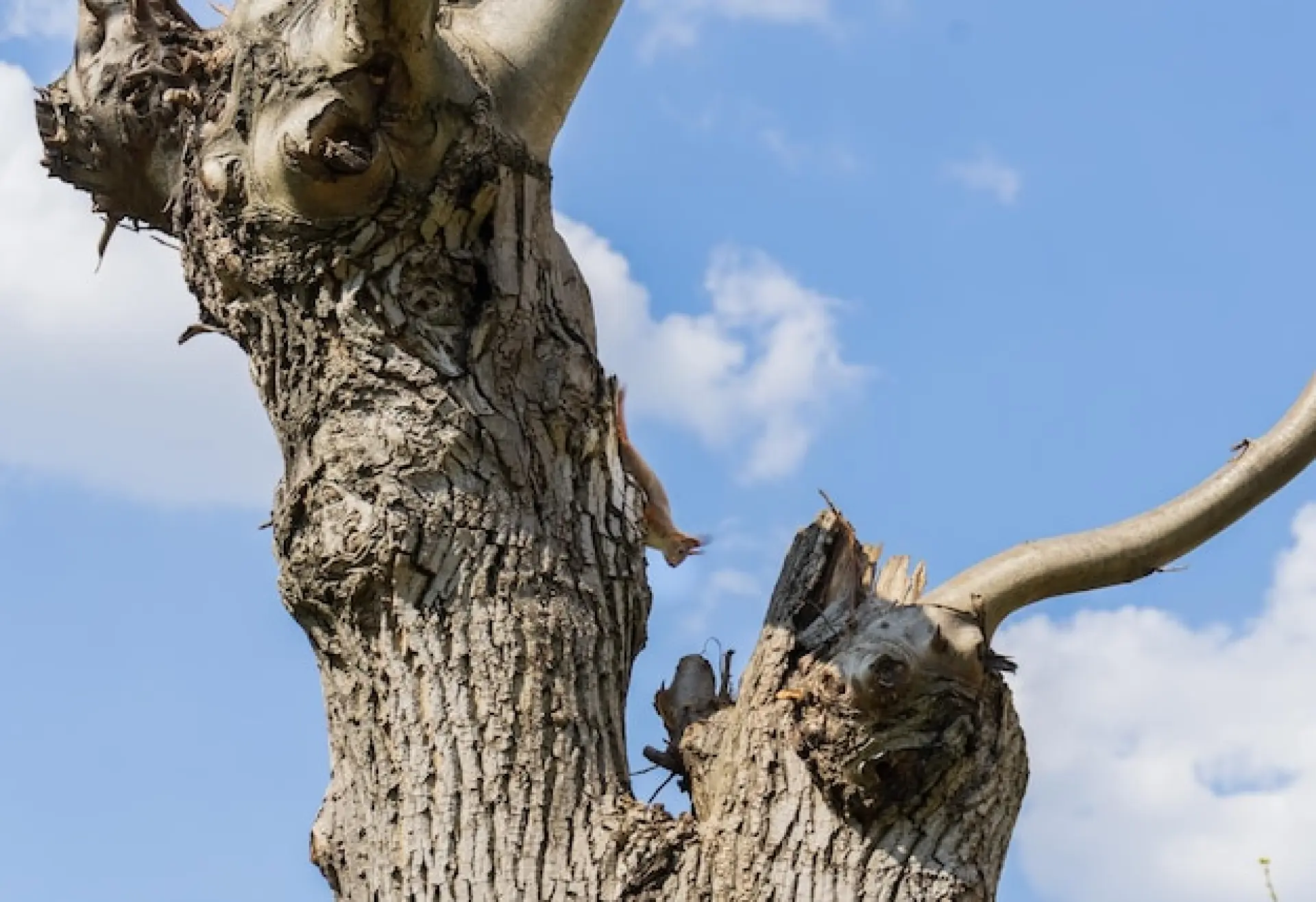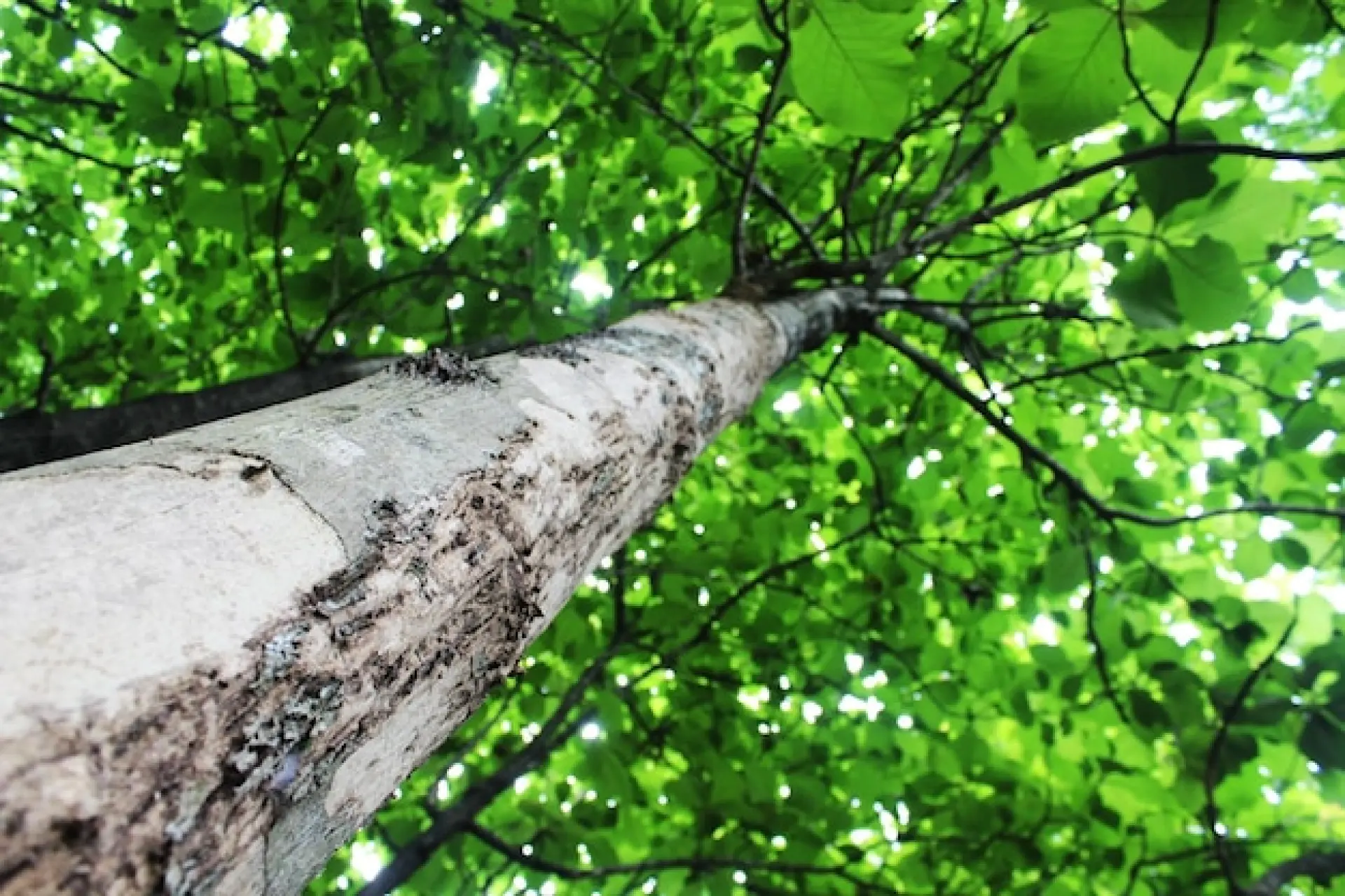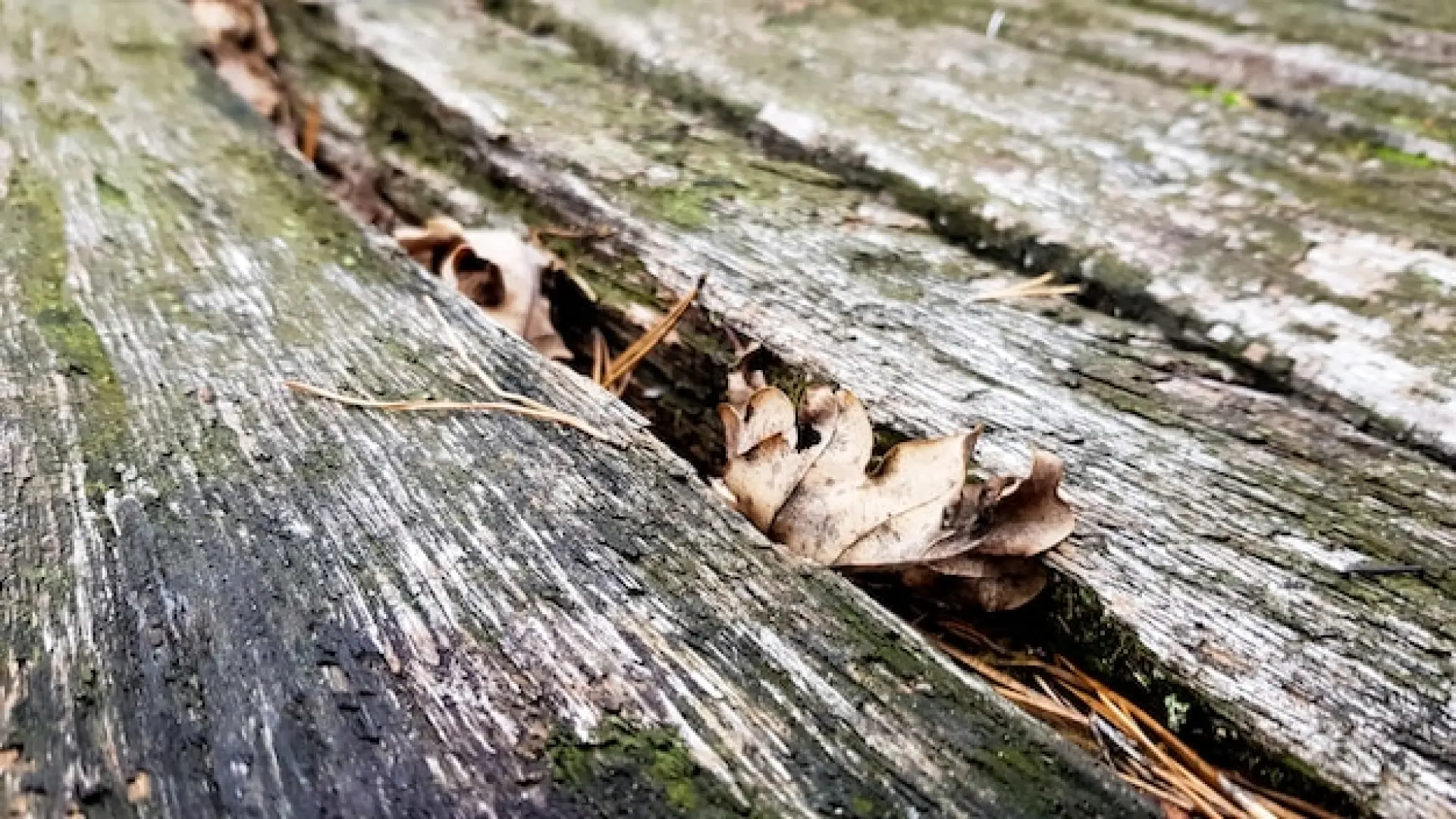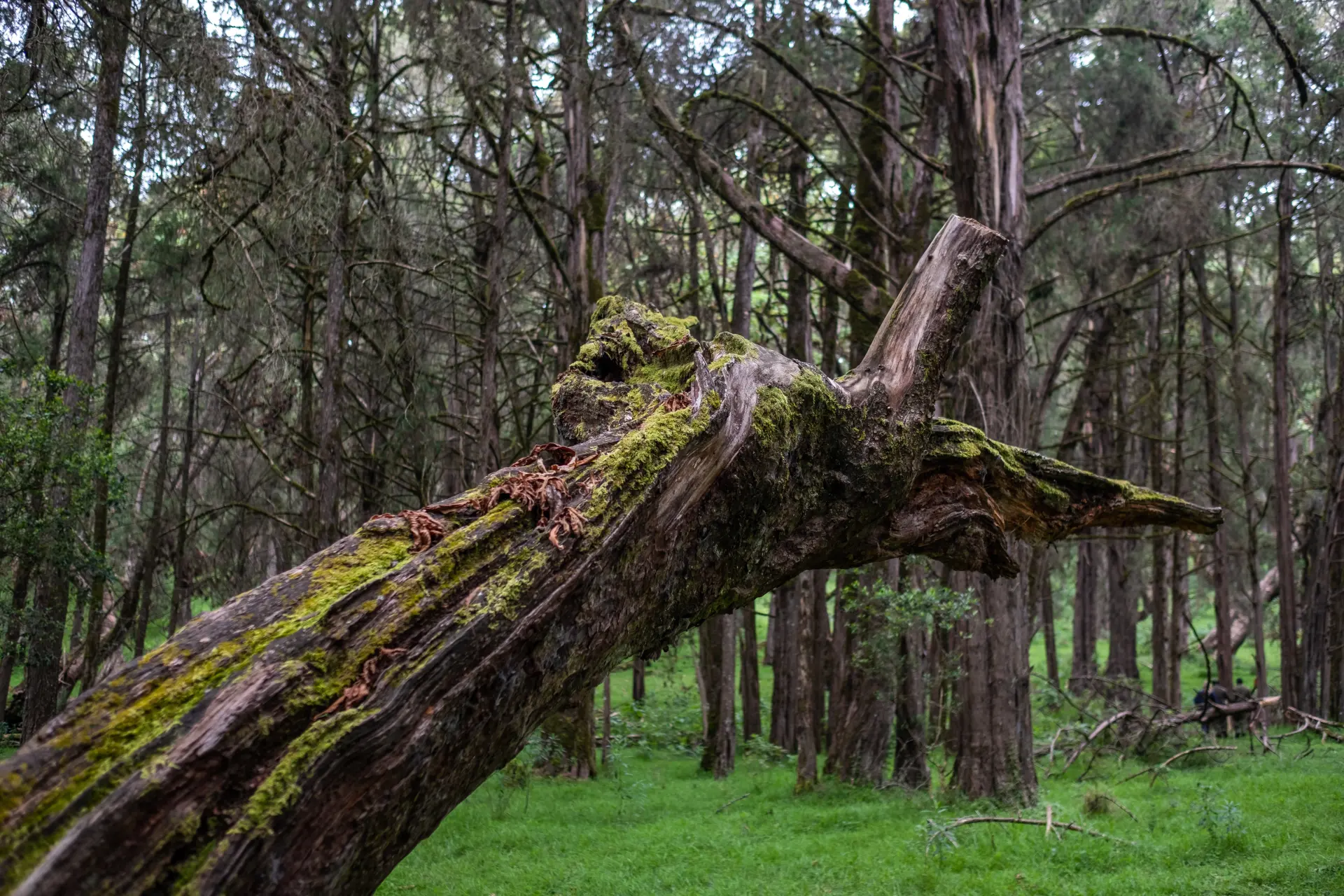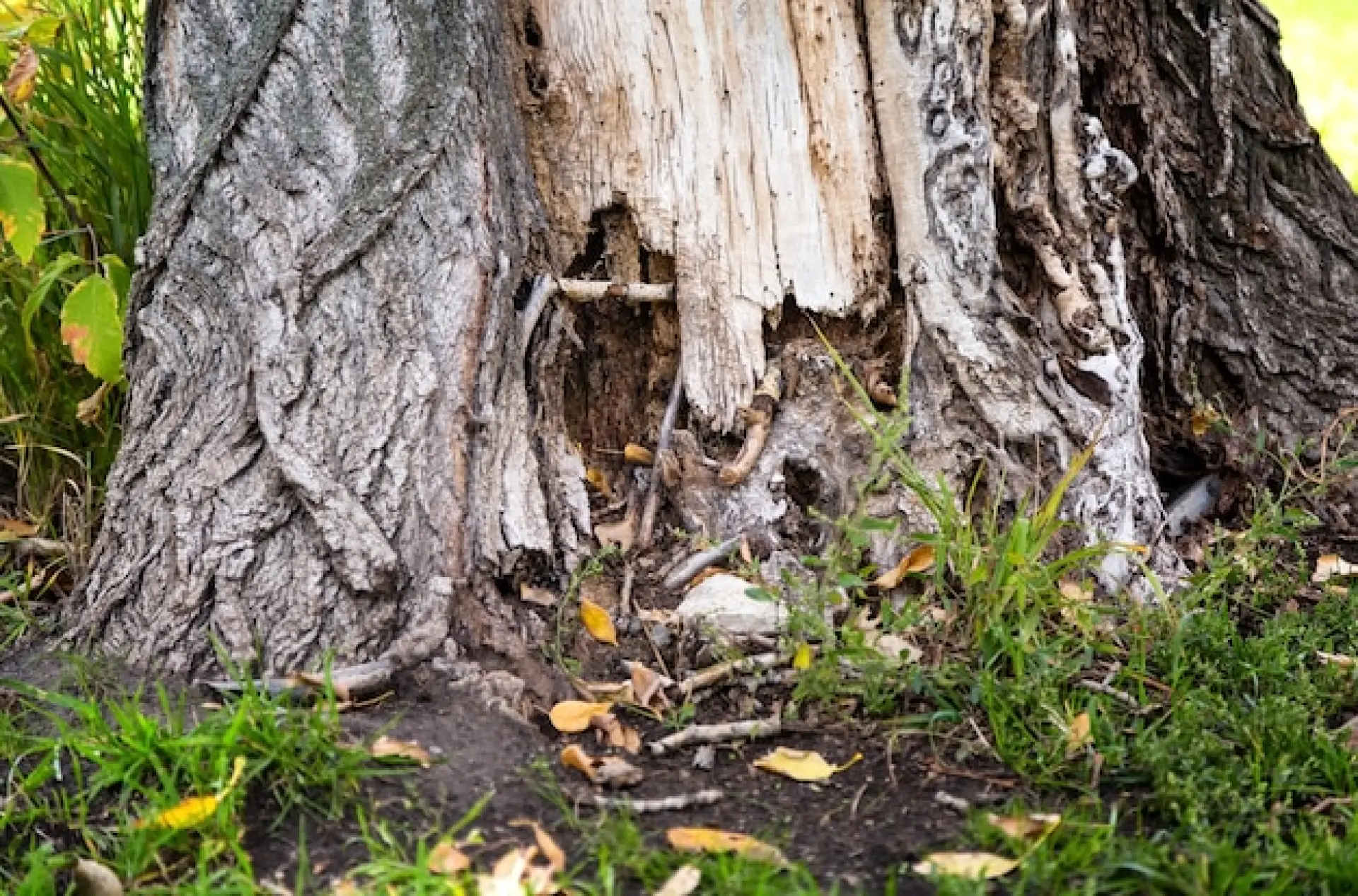Deal swiftly with cracked trunks and broken branches with our Emergency Tree Removal After Storm Damage services. Proactive removal means higher safety.
Signs That a Tree Poses an Immediate Danger
After a storm, assessing tree damage is crucial to ensure safety. Some trees may seem stable but could be at risk of falling. Signs that a tree poses an immediate danger include large cracks in the trunk, severe leaning, or exposed roots. If a tree is suddenly leaning towards a house, road, or walkway, it could collapse without warning.
Additionally, broken branches that are still attached but hanging pose a significant hazard, especially in high-traffic areas. If a tree is damaged near power lines, the risk is even greater. Professional tree removal may be necessary to prevent injuries, property damage, or further complications caused by weakened trees after a storm.
Leaning or Uprooted Trees
A tree that is leaning significantly after a storm could be at risk of falling. Strong winds and saturated soil can cause a tree’s root system to become unstable, leading to uprooting. Even if a tree remains standing, an increased lean—especially if it wasn't leaning before the storm—indicates structural weakness. This is particularly dangerous if the tree is near a house, road, or footpath.
Large cracks in the soil around the base of the tree also suggest that the roots have been disturbed. If the tree’s balance is compromised, emergency removal may be necessary to prevent collapse. A professional assessment can determine whether the tree can be saved or if it needs immediate removal.
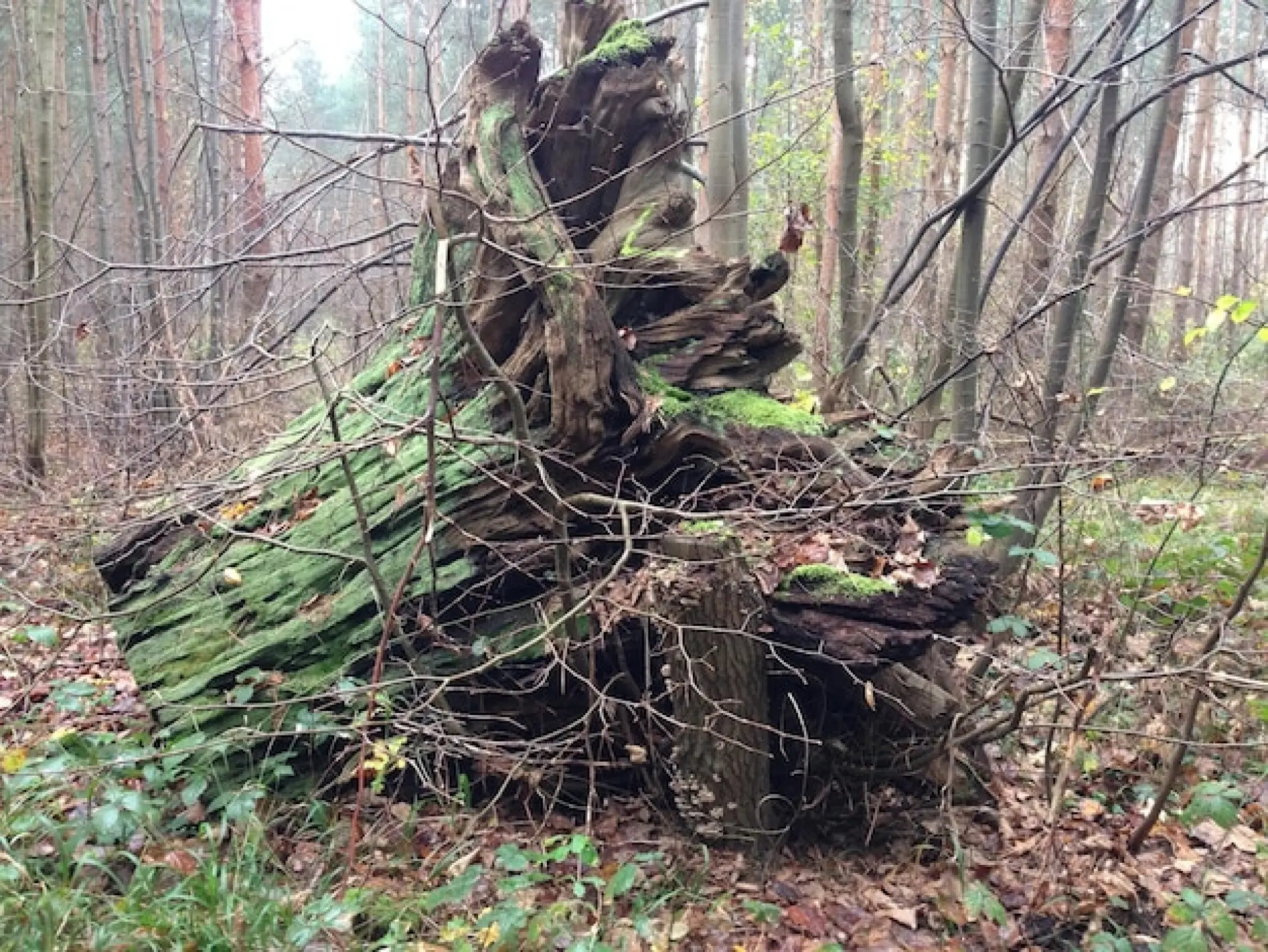
A leaning or uprooted tree is one of the most obvious signs that emergency tree removal is required. Trees rely on their root systems for stability, and when those roots become dislodged, the tree is at extreme risk of falling.
The longer the tree remains in an unstable position, the more likely it is to cause damage if it collapses.
Additionally, a tree that has been partially uprooted may already have dying roots, making it unsafe to leave standing. If the tree is located near buildings, vehicles, or pedestrian areas, it should be dealt with as quickly as possible.
Even if it appears stable, the internal structure of the tree could be weakened beyond repair. Some trees may be saved with professional intervention, such as cabling or bracing, but in many cases, removal is the safest option.
If heavy rainfall or high winds are expected in the coming days, it is even more urgent to address a leaning or uprooted tree before it becomes an immediate hazard.
Cracked or Split Trunks
Cracks or splits in a tree’s trunk can be a major structural issue. After a storm, high winds and heavy rain can weaken a tree, causing deep fractures in its trunk.
If the split is extensive or runs down the main support of the tree, it may not be able to recover. A tree with a severely cracked trunk is at high risk of falling, especially if additional strong winds occur.
Some small cracks may heal over time, but large splits compromise the tree’s strength. If you notice a tree with a deep split or one that has started to break apart, it’s best to seek emergency tree removal to prevent it from collapsing unexpectedly.
Broken or Hanging Branches
Broken or hanging branches are a common sign of storm damage. Even if a branch hasn’t fallen completely, it can be unstable and drop at any time, posing a risk to people, vehicles, and property below. Large branches that remain attached to the tree but are partially broken may still be heavy enough to cause significant damage if they fall.
Additionally, weakened branches could become a hazard in future storms. Removing these damaged branches quickly is essential for safety. A professional tree specialist can determine whether a tree needs pruning or complete removal based on the extent of the damage and the risk posed by weakened limbs.
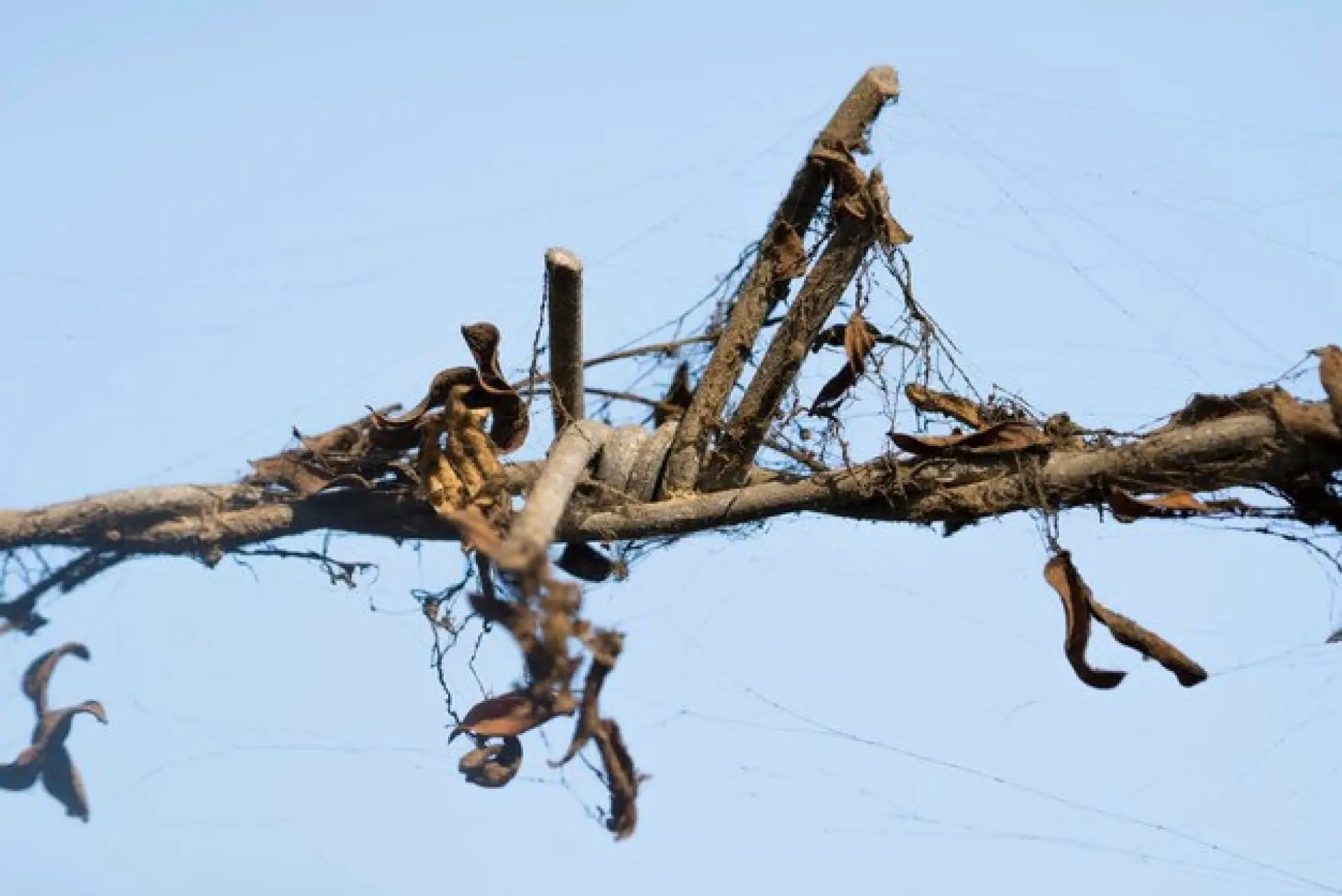
Leaving broken or hanging branches unattended can lead to further complications. Weakened limbs may develop decay, attracting pests and diseases that can spread to the rest of the tree.
Over time, this can weaken the entire structure, increasing the likelihood of additional branches breaking or even the entire tree collapsing. If the damage is severe, the tree may struggle to recover, leading to long-term instability.
Additionally, if a branch has snapped but remains attached, it may suddenly fall without warning, particularly in windy conditions.
The weight of the broken limb can cause additional stress to the tree, leading to more damage. If large branches are hanging over roads, footpaths, or nearby buildings, urgent removal is necessary to prevent accidents.
Tree Damage Near Power Lines
Trees that have been damaged near power lines present a serious safety risk. If branches or the entire tree have fallen onto power lines, there is a risk of electrical hazards, power outages, or even fire. Even if the tree hasn’t touched the lines, high winds could push damaged branches into them, creating a dangerous situation.
Never attempt to remove a tree near power lines yourself, as contact with live wires can be fatal. If a storm has caused damage to trees in close proximity to power lines, it is crucial to contact emergency tree removal services or your local utility company to handle the situation safely.
At Tom Harnden Professional Tree Surgeons, you'll find a whole host of tree surgery-related services to help preserve your outdoor spaces and keep them in the best possible condition. Give our talented arborist a call today!
